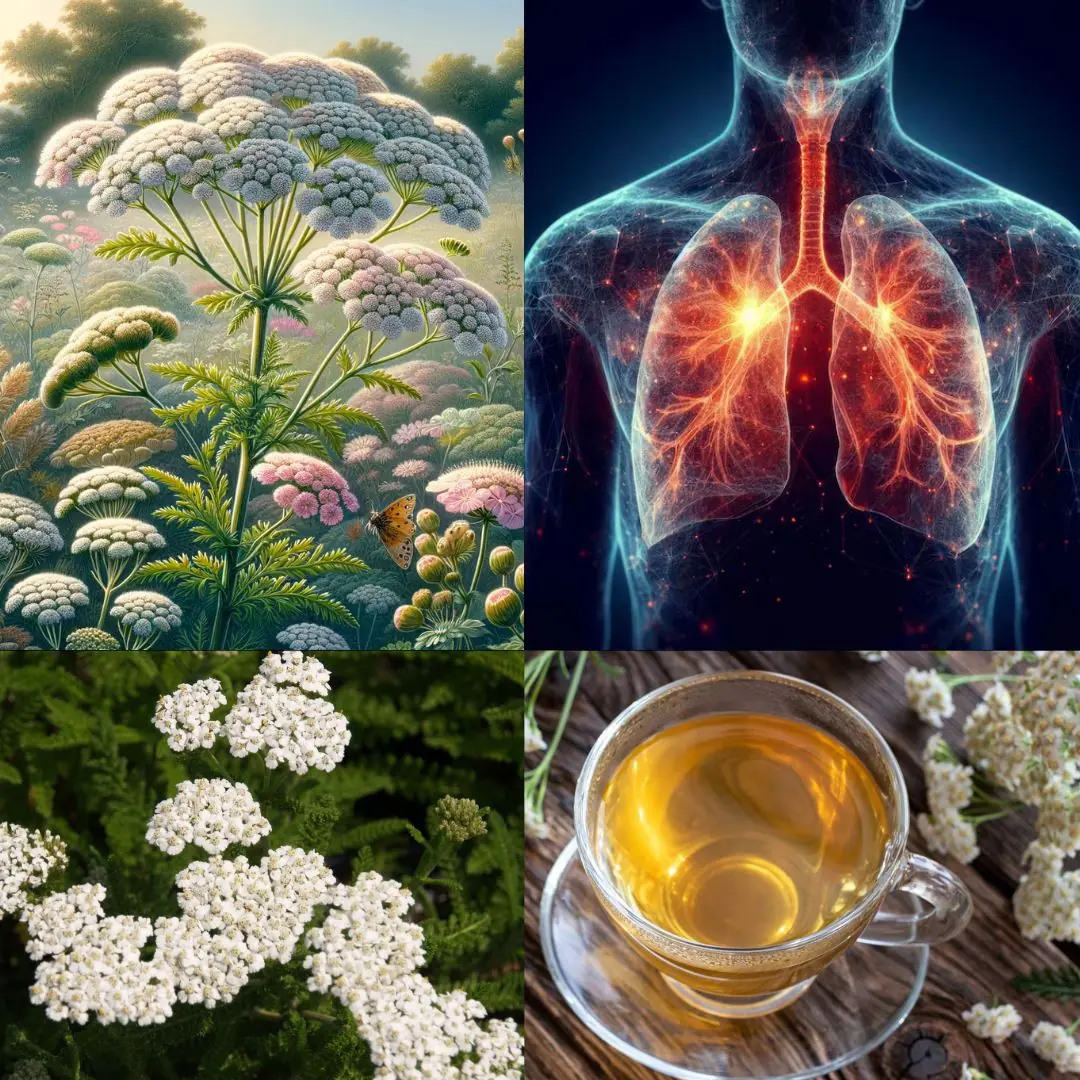
9 Powerful Home Remedies to Get Rid of Fungal Infection (Daad, Khaj, Khujli) Fast

Fungal skin infections such as Daad (ringworm), Khaj (eczema-like fungal rash), and Khujli (itchy fungal irritation) are common in warm, humid climates. They cause intense itching, red circular patches, peeling, and burning sensations.
These infections spread rapidly through skin contact, clothing, towels, or contaminated surfaces — but the good news is that you can treat them naturally at home with safe, effective ingredients that fight fungus and soothe irritation.
Here are nine proven natural remedies that can help reduce redness and itching — and promote visible healing — often within just two to three days when used consistently.
1. Bitter Gourd (Karela) Juice — The Natural Antifungal Cleanser
Bitter gourd is rich in antimicrobial and detoxifying compounds that fight skin infections from the root. It helps purify the blood and eliminates fungal buildup on the surface.
How to use:
-
Crush fresh karela pieces and extract the juice.
-
Apply directly to the affected area using cotton.
-
Leave it for 20–30 minutes and rinse with lukewarm water.
-
Repeat twice daily for faster recovery.
➡️ The bitterness works as a natural antifungal shield, helping to dry out infected patches and relieve persistent itching.
2. Papaya Pulp — Enzyme-Rich Skin Healer
Papaya contains papain and chymopapain, natural enzymes that help exfoliate dead skin cells, promote regeneration, and prevent fungal growth.
How to use:
-
Mash a few pieces of ripe papaya into a smooth paste.
-
Apply evenly over the infected skin and leave for 20 minutes.
-
Rinse gently with lukewarm water.
-
Use twice a day for noticeable improvement.
➡️ Regular use helps fade dark patches and speeds up the healing of scaly or rough fungal rashes.
3. Turmeric Paste — The Golden Antiseptic
Turmeric (Haldi) is one of Ayurveda’s most trusted natural remedies. Its active compound curcumin offers powerful anti-inflammatory and antifungal effects that soothe irritation and promote skin repair.
How to use:
-
Mix 1 teaspoon of turmeric powder with 1 teaspoon of coconut oil or water to form a paste.
-
Apply to the rash, let it dry for 15–20 minutes, then rinse.
-
Repeat twice daily.
➡️ This paste not only reduces redness and itching, but also helps prevent the infection from spreading to nearby skin areas.
4. Neem Leaves — The Classic Antifungal Warrior
Neem (Indian Lilac) has been used for centuries to treat all kinds of skin infections. Its azadirachtin and nimbin compounds act as potent antifungal and antibacterial agents.
How to use:
-
Boil a handful of neem leaves in 2 cups of water.
-
Let the water cool and use it to wash the infected area.
-
Alternatively, grind fresh leaves into a paste and apply directly.
➡️ Neem not only kills fungi but also soothes inflamed, itchy skin and prevents reinfection. For best results, use neem water twice daily.
5. Coconut Oil — Gentle Moisturizer and Fungal Fighter
Coconut oil is rich in lauric acid and caprylic acid, which destroy fungal cell membranes while keeping the skin soft and hydrated.
How to use:
-
Apply pure virgin coconut oil to the affected skin 3–4 times daily.
-
Leave it on — no need to rinse.
➡️ It’s safe for sensitive skin and helps reduce redness, dryness, and scaling caused by fungal infections.
6. Aloe Vera Gel — Cooling and Healing Relief
Aloe vera is known for its soothing, cooling, and antimicrobial properties. It helps regenerate damaged skin tissue and prevents fungal regrowth.
How to use:
-
Scoop out fresh aloe vera gel from the leaf.
-
Apply generously over the rash and leave for 30 minutes.
-
Rinse with cool water.
-
Use 2–3 times a day for visible relief.
➡️ Aloe vera also reduces burning, stinging, and inflammation, giving instant comfort.
7. Apple Cider Vinegar — Balances Skin pH and Stops Fungal Growth
Apple cider vinegar (ACV) has acetic acid, which helps restore the skin’s natural pH and prevents fungal growth.
How to use:
-
Mix equal parts ACV and water in a clean bowl.
-
Dip a cotton ball and dab gently on the infection.
-
Let it dry naturally — do not rinse immediately.
-
Repeat twice daily.
➡️ You can also add 1 tablespoon of ACV to a glass of water and drink it once a day to help detoxify the body from within.
8. Garlic Paste — The Natural Antifungal Powerhouse
Garlic contains allicin, one of nature’s strongest antifungal and antibacterial compounds. It fights infection-causing microbes and helps prevent recurrence.
How to use:
-
Crush 2–3 garlic cloves and mix with a teaspoon of coconut oil.
-
Apply a thin layer on the affected area for 10 minutes.
-
Wash off gently with lukewarm water.
➡️ Avoid keeping it on for too long as garlic may cause mild burning for sensitive skin.
9. Maintain Proper Hygiene — The Key to Prevention
Even the best remedies won’t work if you don’t maintain proper hygiene. Fungal infections thrive in warm, moist environments, so keeping the skin clean and dry is essential.
Tips:
-
Bathe twice daily and dry your skin thoroughly.
-
Change clothes, especially undergarments, every day.
-
Avoid sharing towels, razors, or bed linens.
-
Wear loose, breathable cotton clothing to let your skin breathe.
-
Wash infected clothes separately in hot water.
➡️ Good hygiene not only speeds up healing but also prevents reinfection and spreading to others.
🌿 Final Tip: Combine Remedies for Faster Results
For best results, you can combine two or three remedies — for example:
-
Wash the area with neem water,
-
Apply turmeric and coconut oil paste, and
-
Use aloe vera gel afterward to cool the skin.
With consistent care and hygiene, you’ll notice less redness, reduced itching, and visible skin improvement within two to three days. Continue the remedies for a week to ensure complete healing and prevent recurrence.
⚠️ Note: When to See a Doctor
If your infection covers a large area, oozes pus, or doesn’t improve within a few days of home treatment, consult a dermatologist. Persistent fungal infections may need topical or oral antifungal medication.
Disclaimer: This article is for informational and educational purposes only. Natural remedies can support healing but should not replace medical treatment. Always consult a healthcare professional if you have allergies, sensitive skin, or chronic skin conditions.
News in the same category

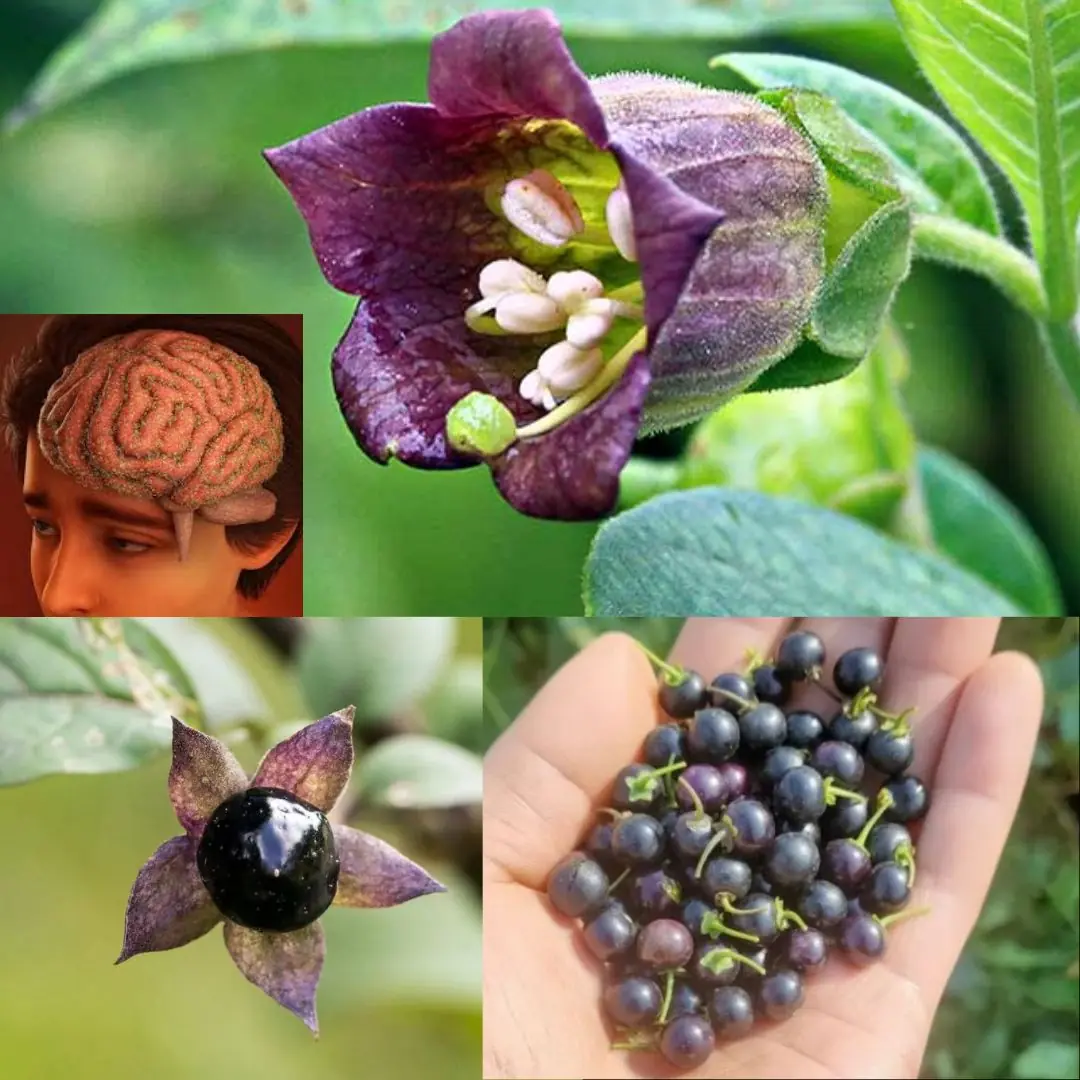
Deadly Nightshade (Atropa belladonna): The Dangerous Beauty
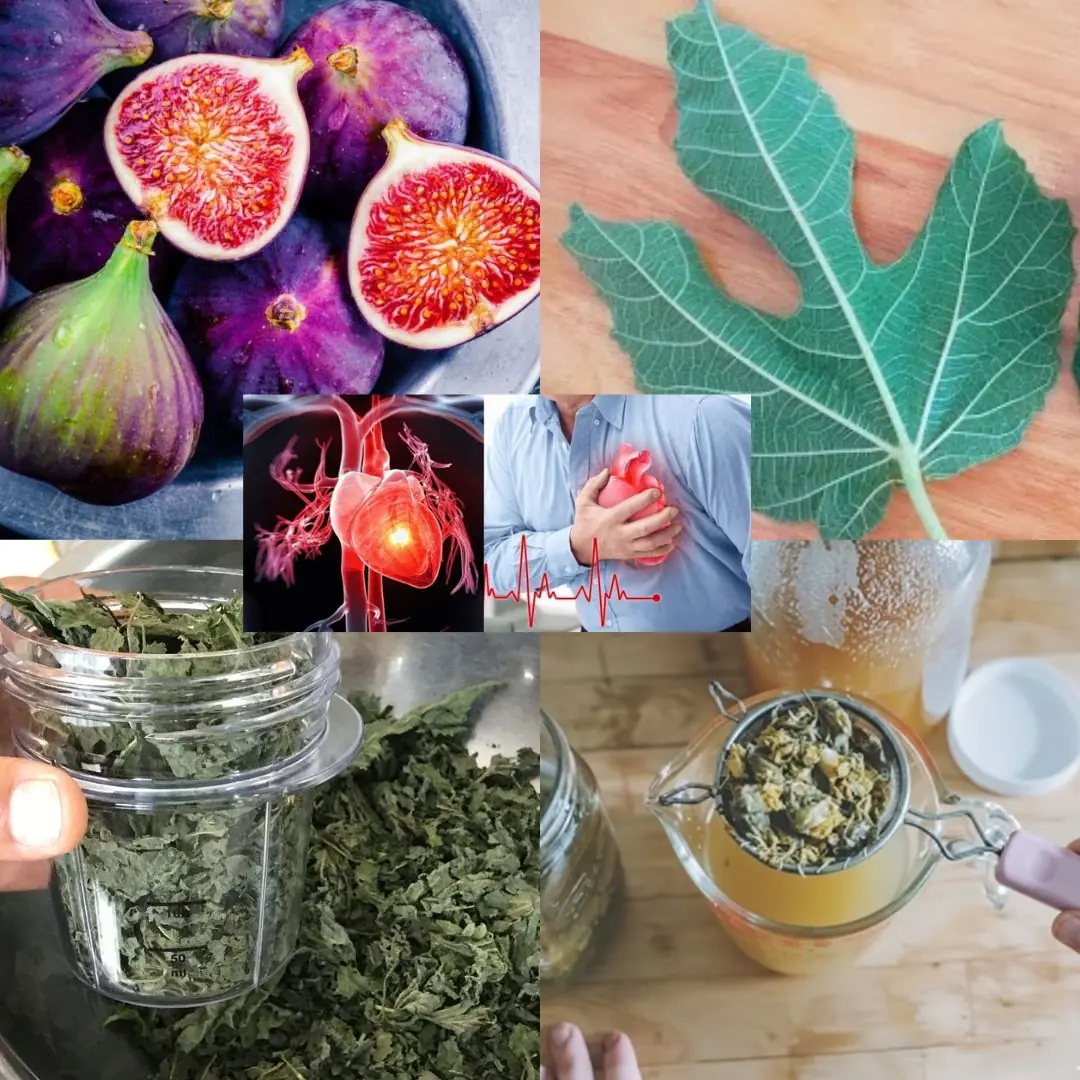
Fig Leaves: Surprising Benefits and Uses
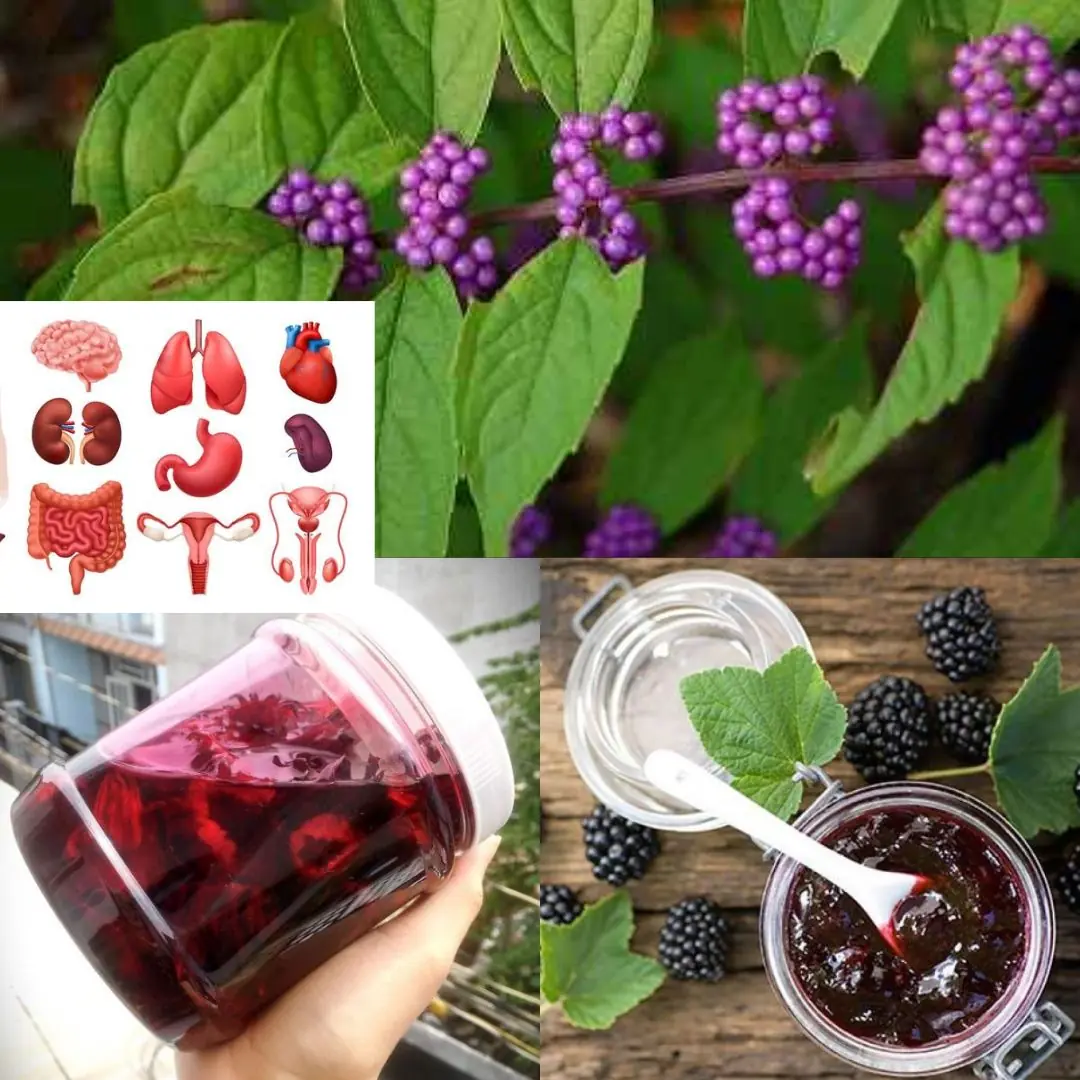
American Beautyberry (Callicarpa americana): Benefits and How to Use It

Holding Cloves in Your Mouth: A Natural Way to Relieve Toothache
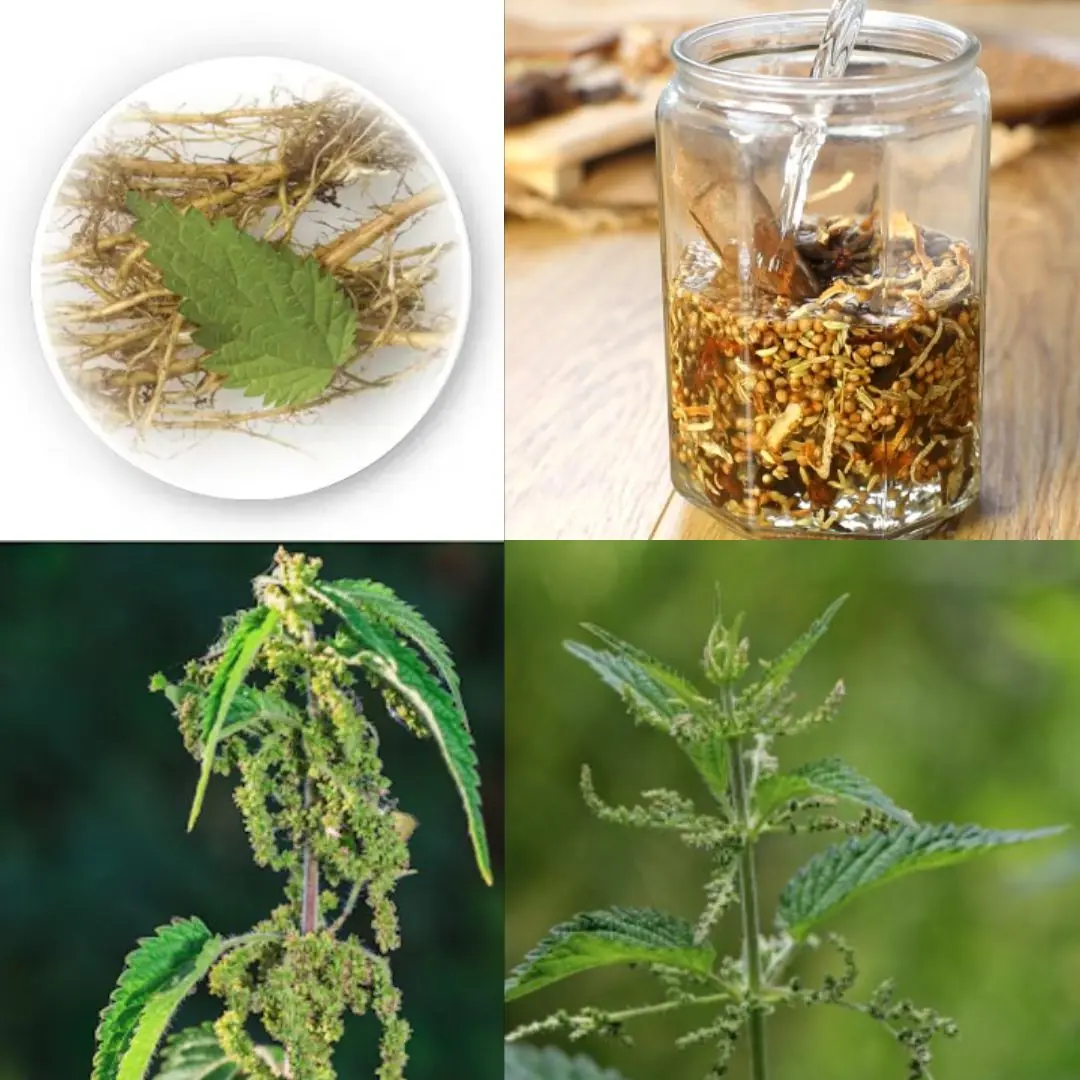
Everybody Hates Stinging Nettle, But Most People Don’t Know the Power of Its Root
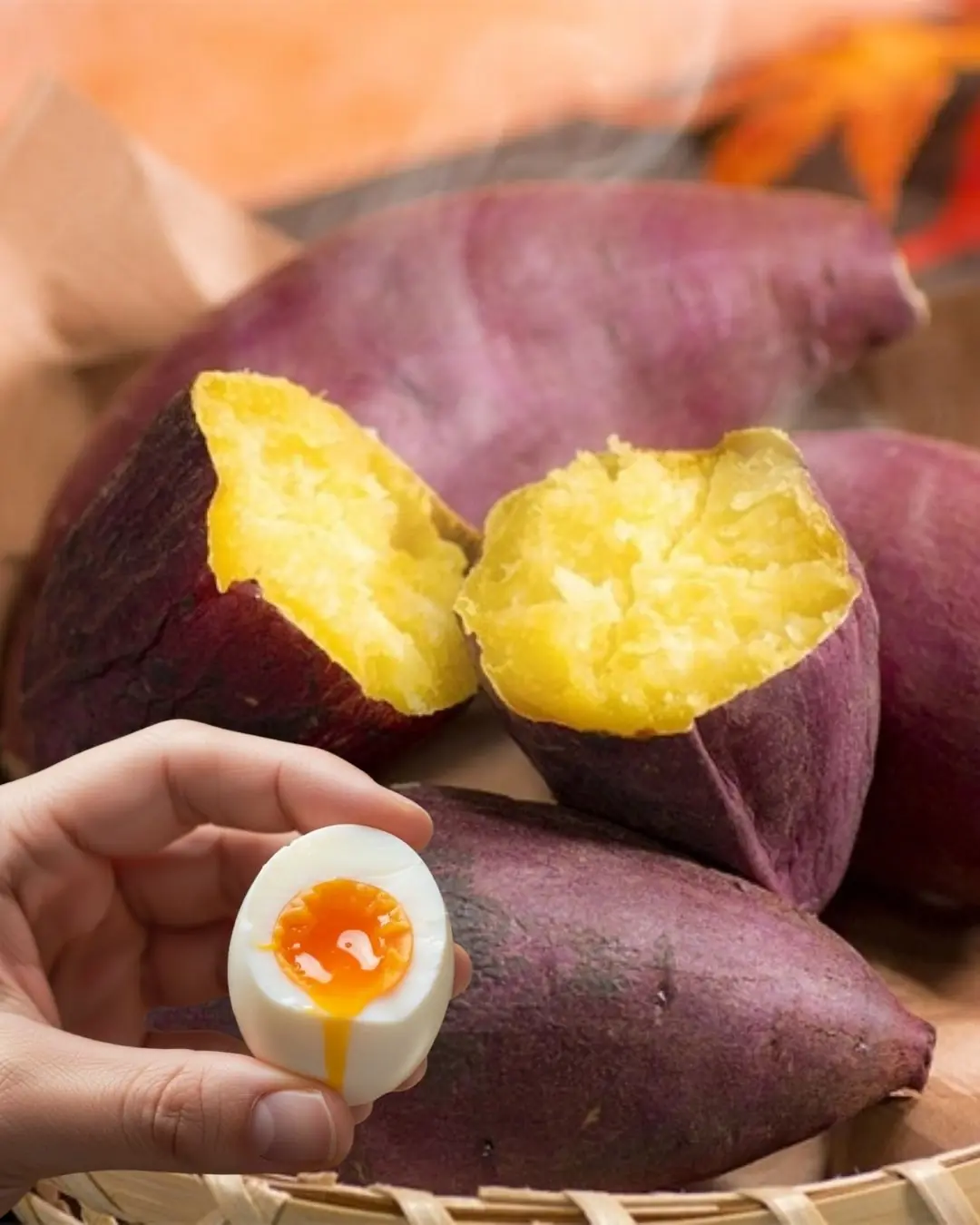
13 Reasons You Should Eat Eggs and Sweet Potatoes Every Morning
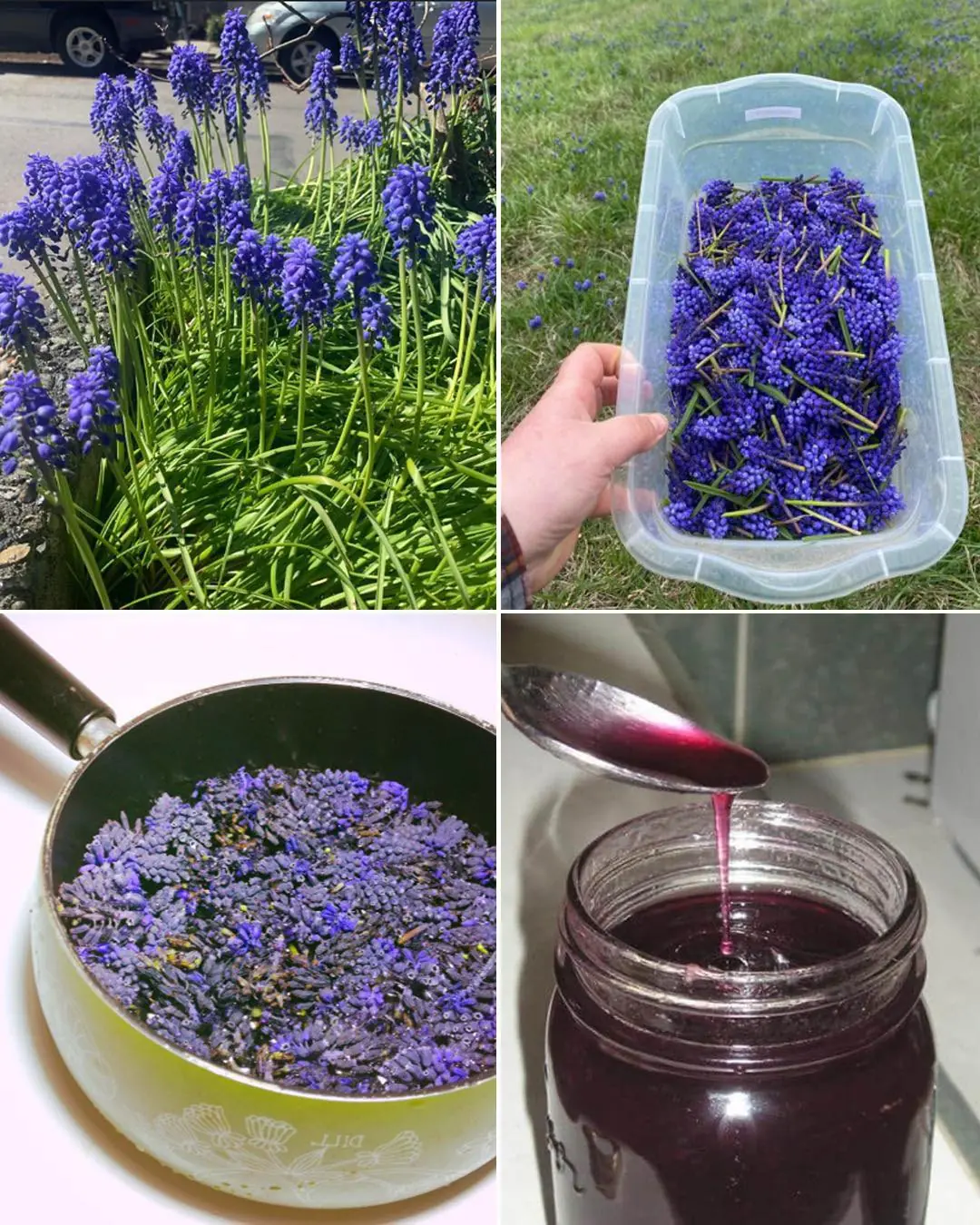
Grape Hyacinth (Muscari): A Tiny Spring Wonder with Surprising Benefits and Uses
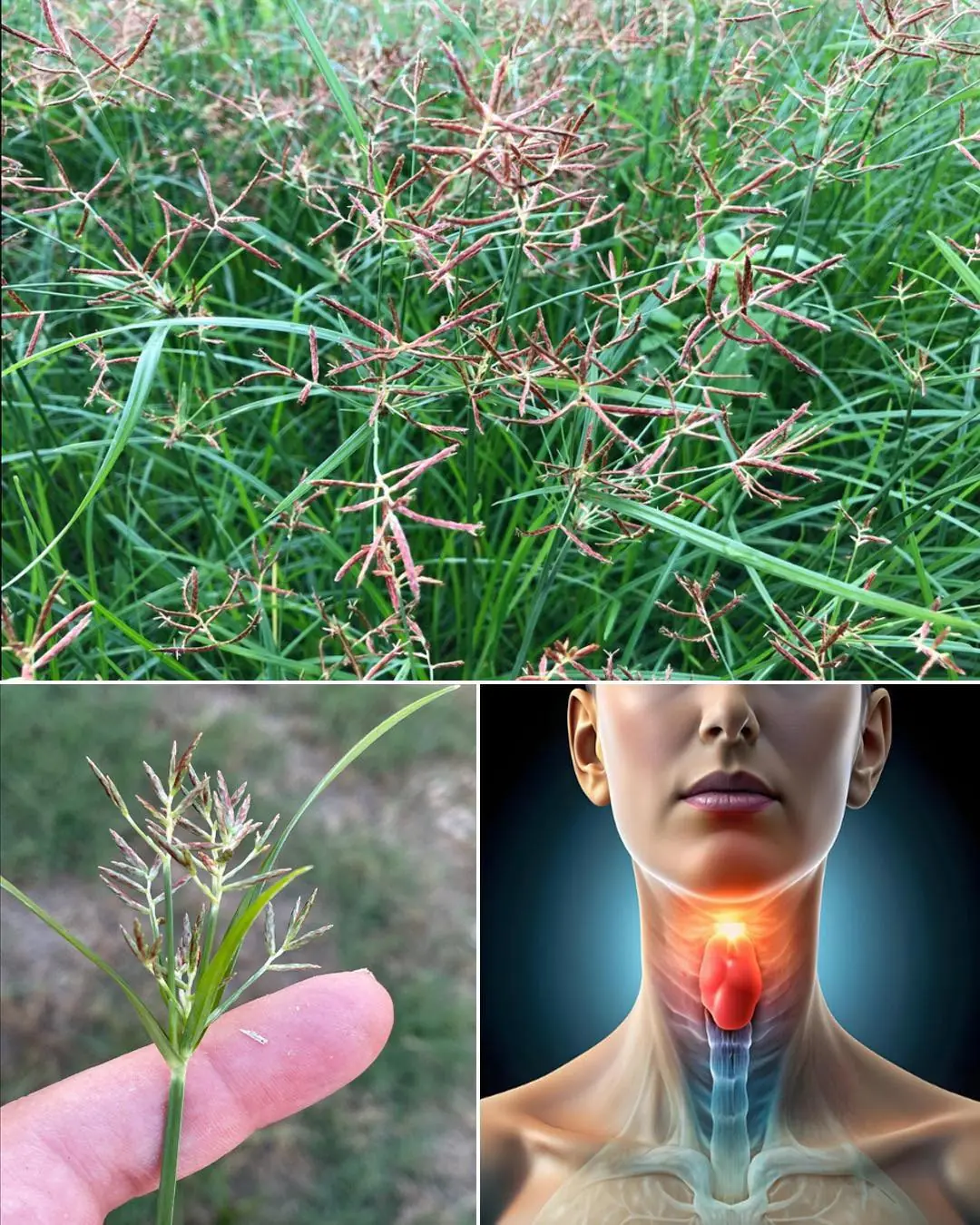
Cyperus Rotundus: The Ancient Herb with Modern Healing Power
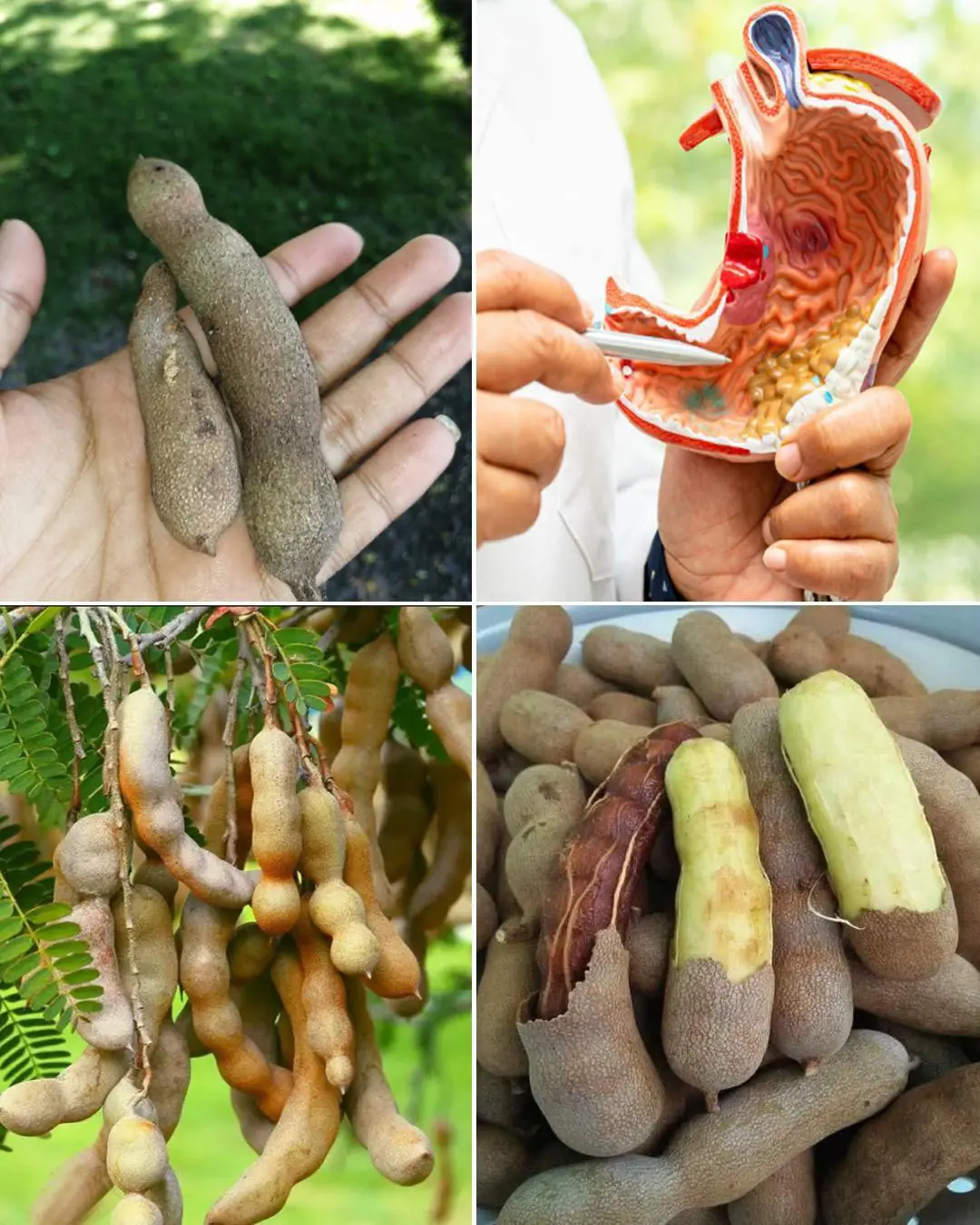
The Power of Tamarind Fruits: Sweet, Sour & Supercharged with Health Benefits
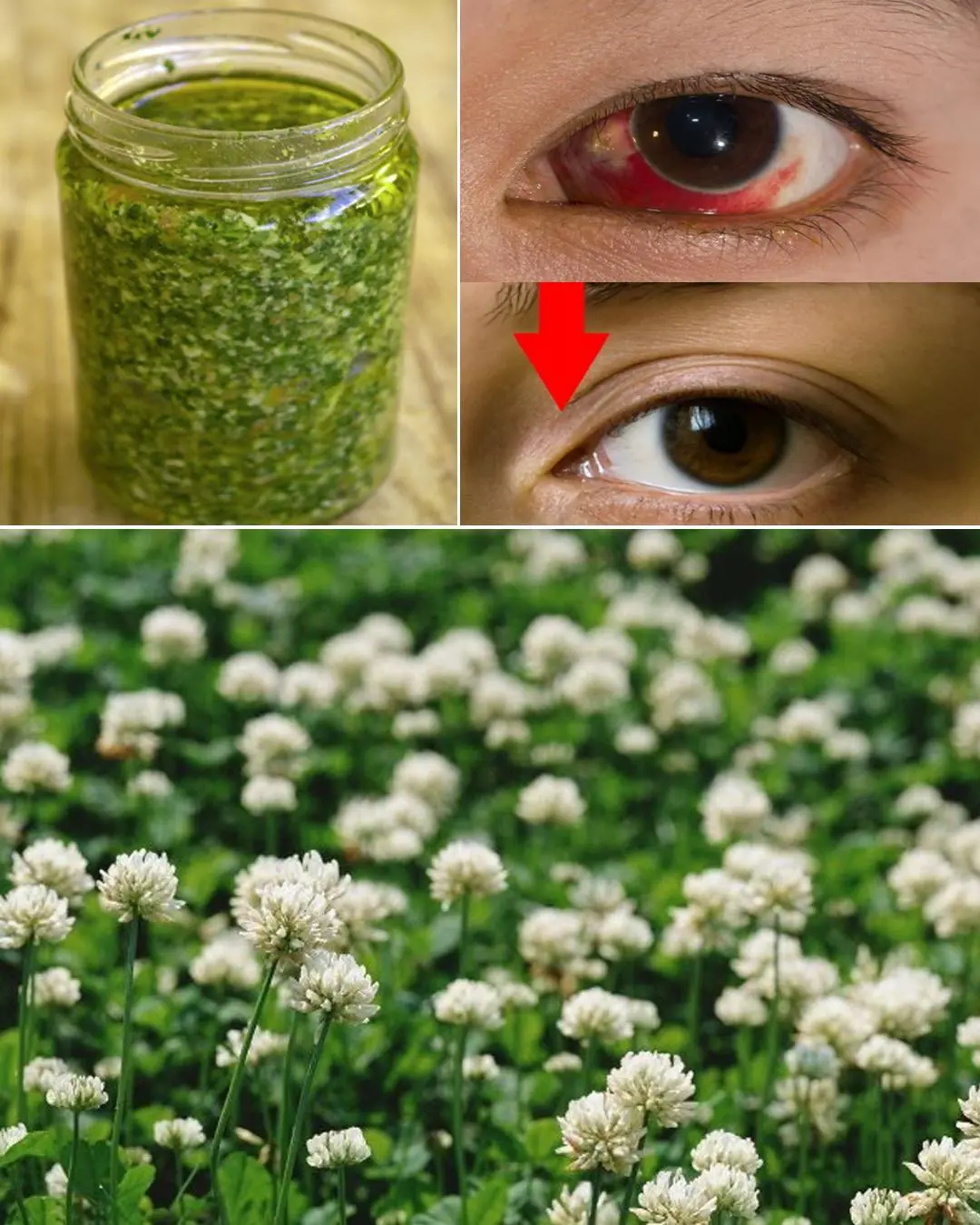
Sessile Joyweed (Alternanthera sessilis): 6 Incredible Health Benefits and How to Use It Naturally
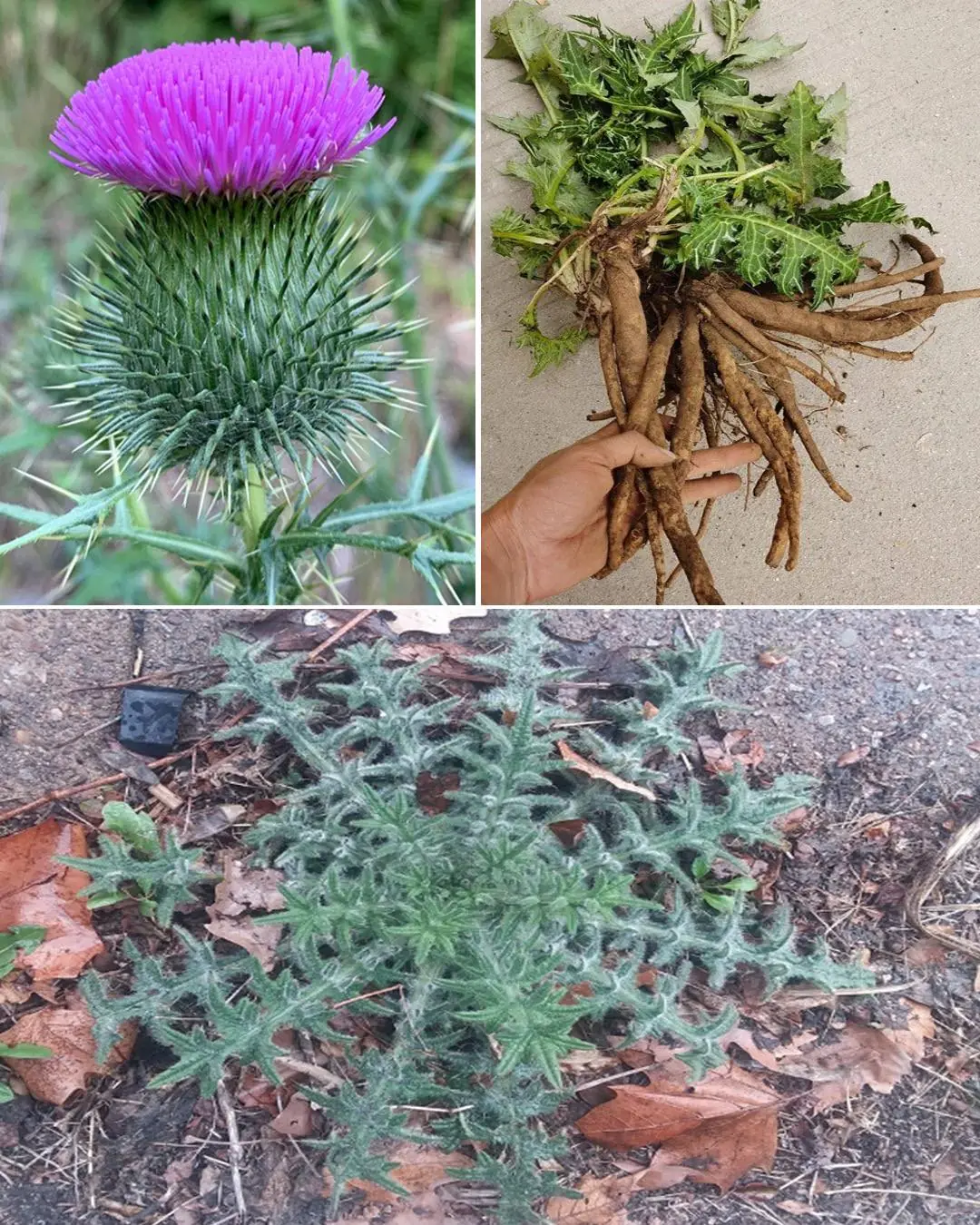
Bull Thistle Root Benefits: Uses, Healing Properties, and How to Prepare It
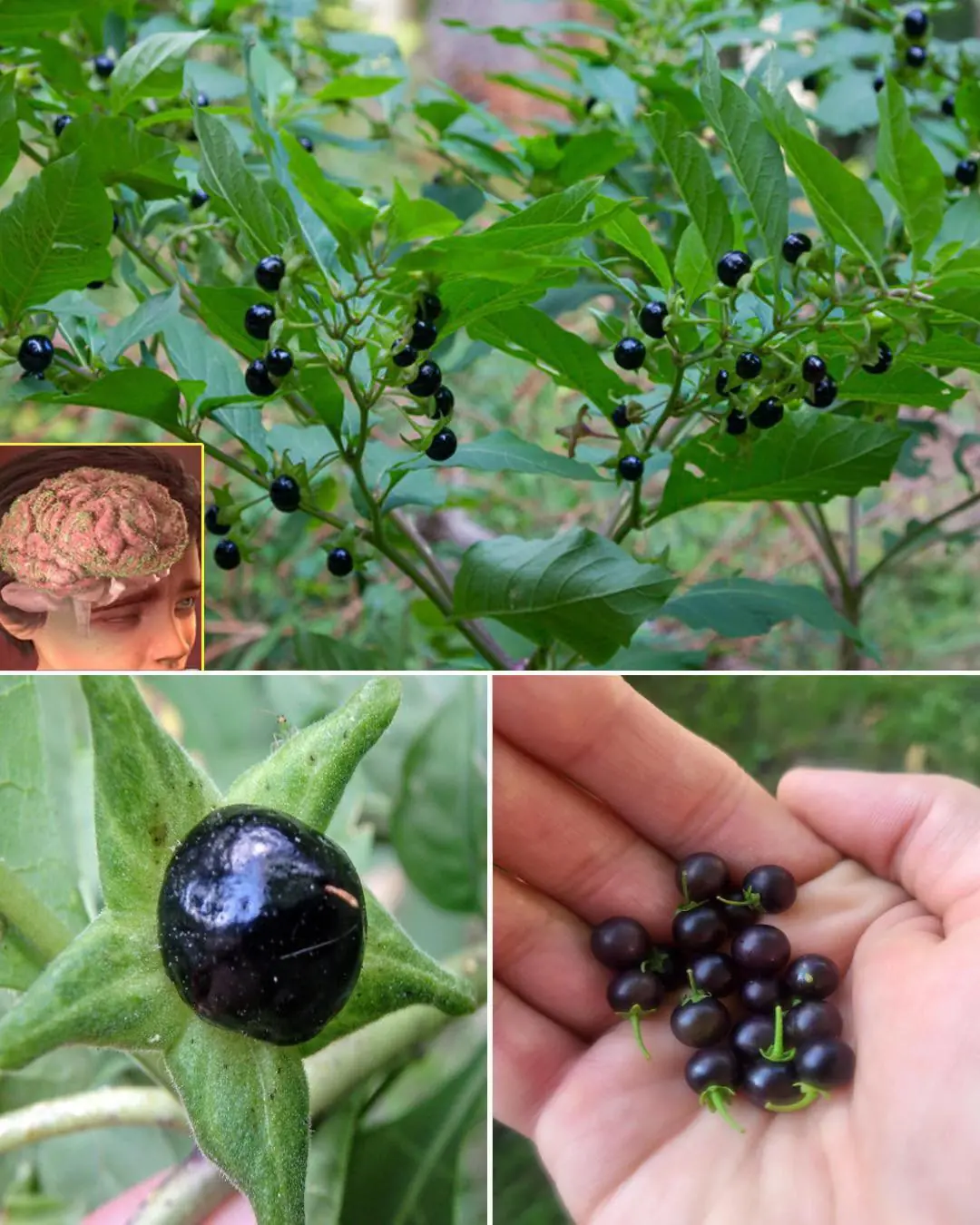
Deadly Nightshade (Atropa belladonna): The Dangerous Beauty
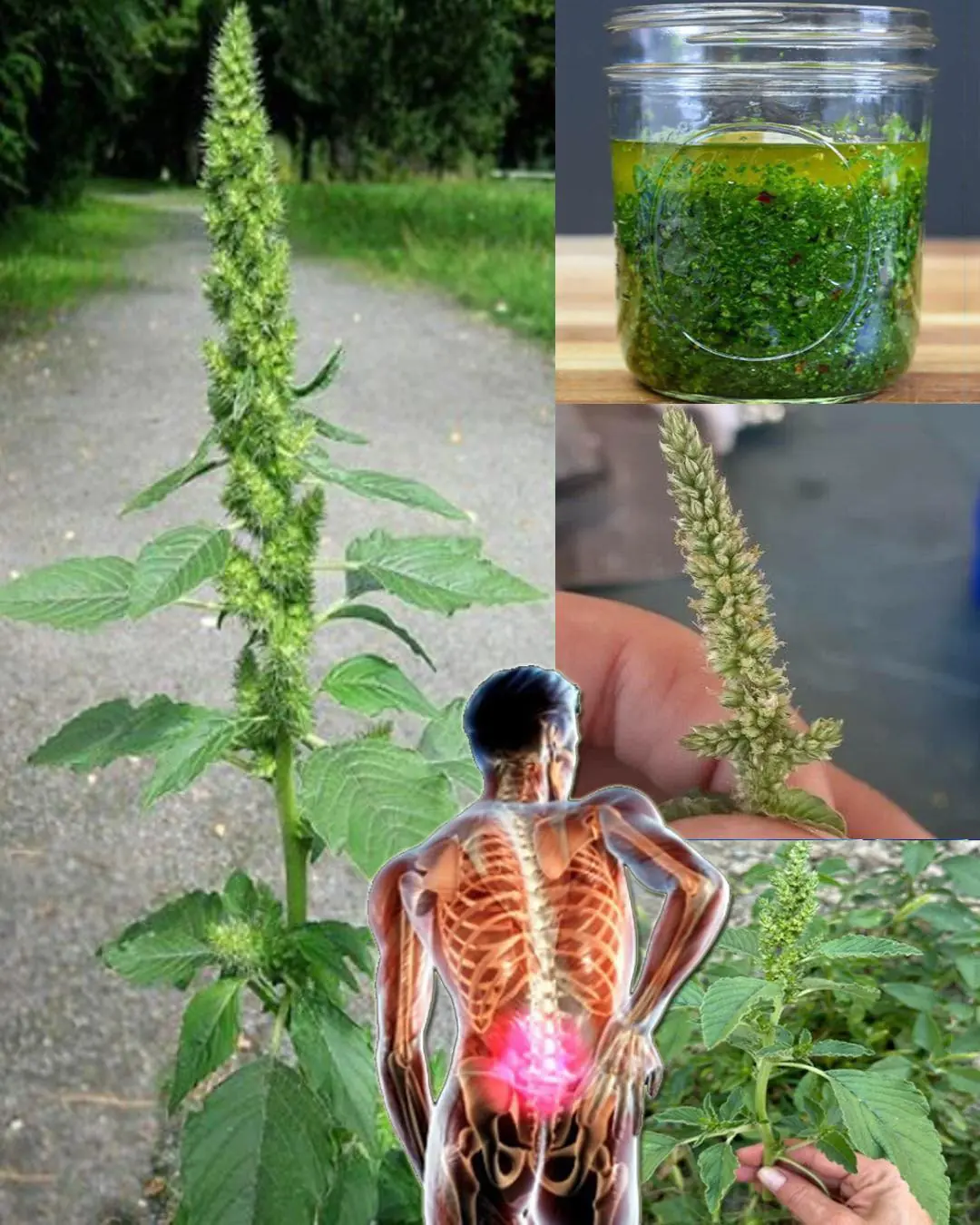
Health benefits of Pigweed
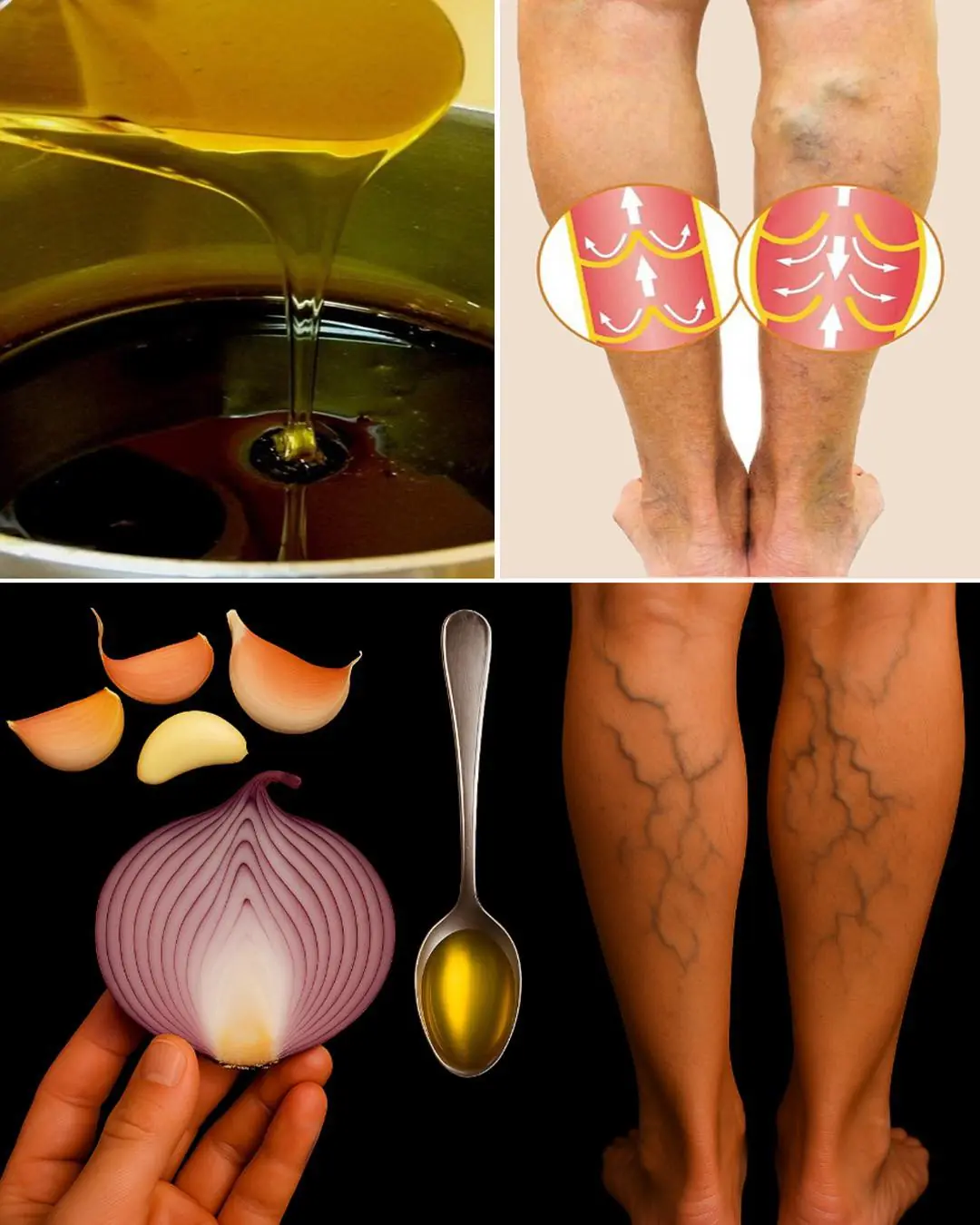
Onion, Garlic, and Olive Oil Remedy for Varicose Veins: Natural Treatment and Benefits
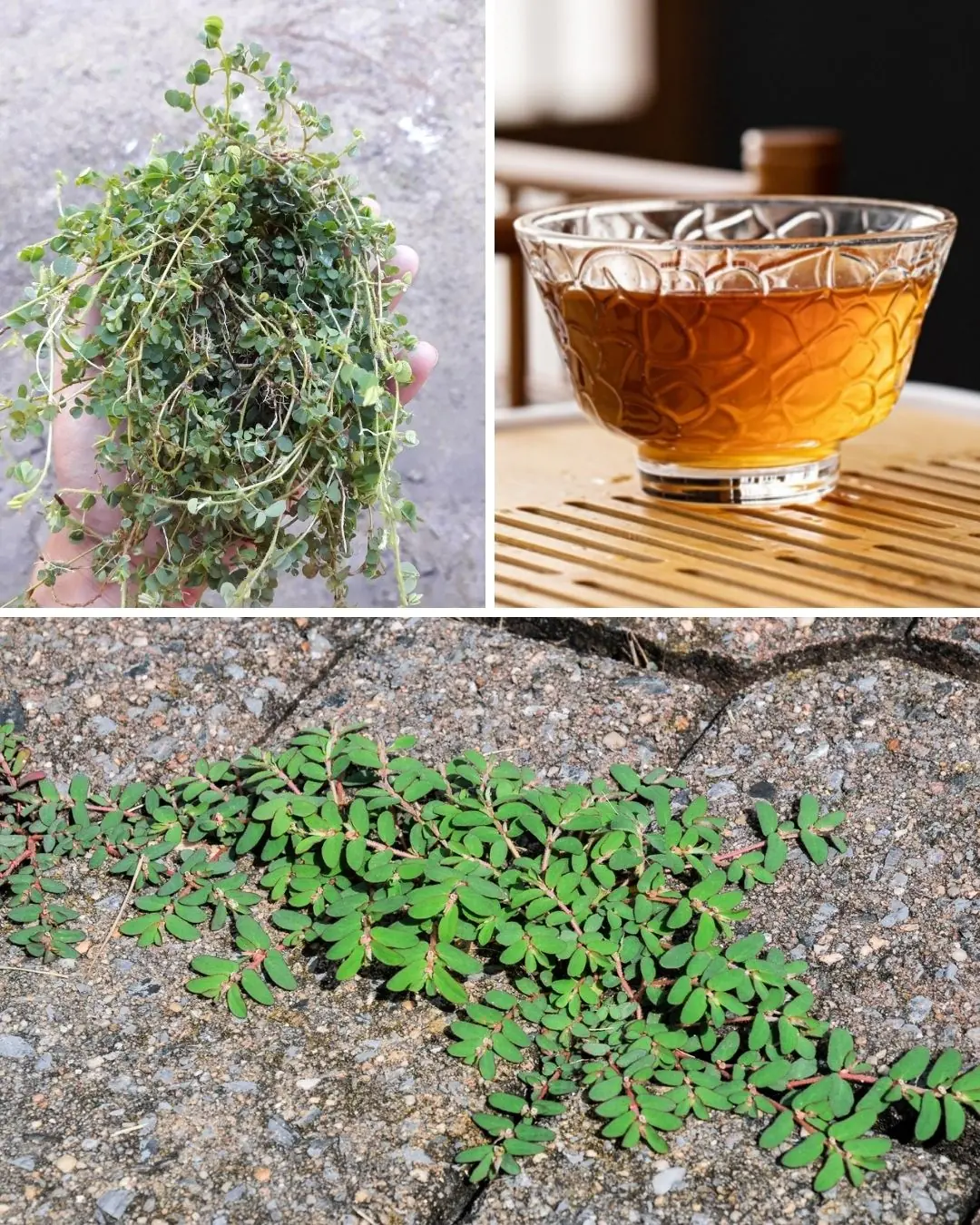
The Health Benefits of Euphorbia Thymifolia: A Powerful Yet Overlooked Herb 🌿✨
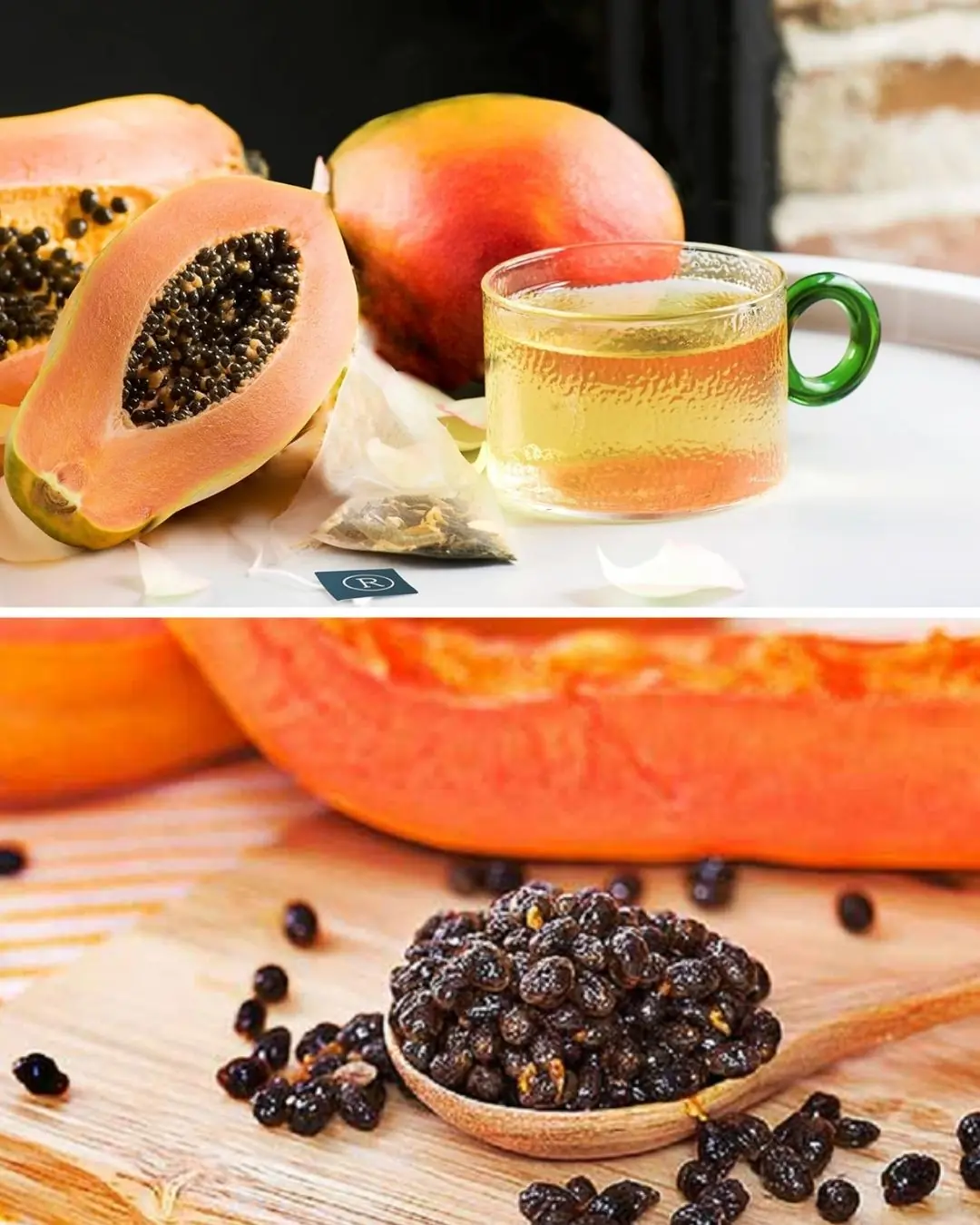
The Powerful Health Benefits of Papaya Seeds: Why You Should Include Them in Your Diet
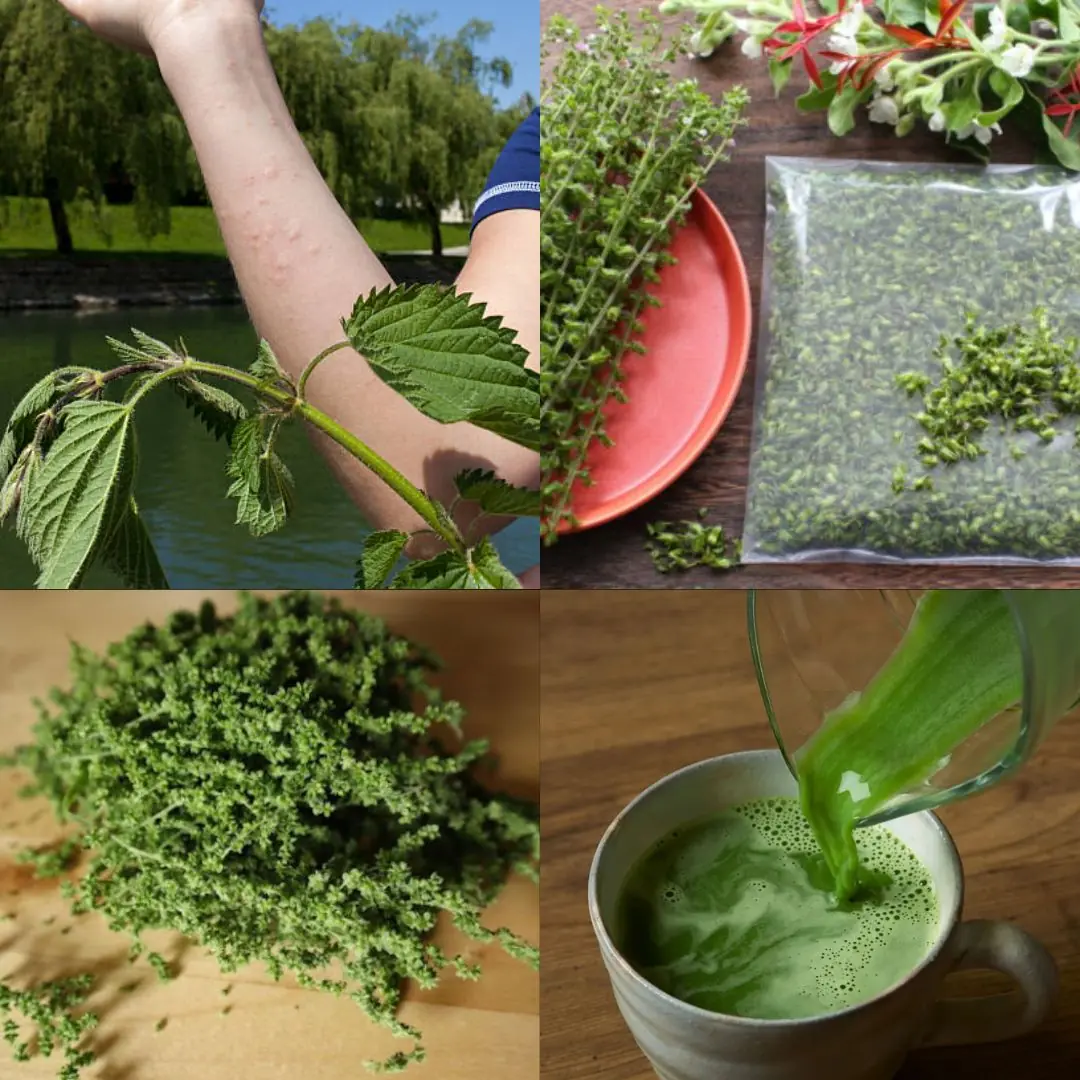
The Power of Urtica dioica: Natural Relief for Joint Pain, Arthritis, and Inflammation
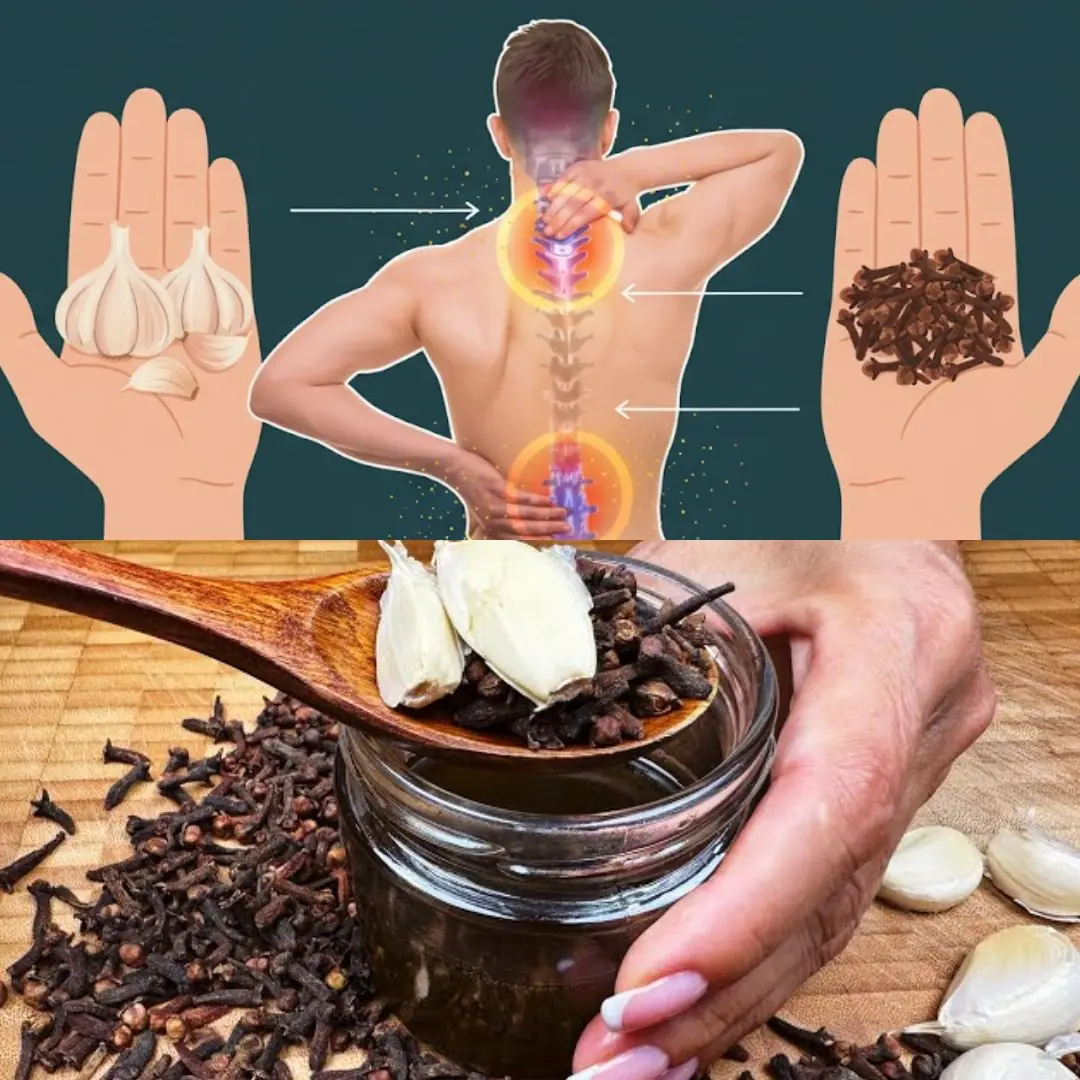
Garlic, Honey, and Cloves – a powerful natural remedy packed with health benefits
News Post
Fighting for Wojtek: A 14-Year-Old’s Battle Against Cancer

The washing machine makes loud noises and shakes violently when spinning: Don't rush to call a repairman, just do this and the machine will run smoothly.

Defrosting meat without soaking: Chefs reveal how to make delicious meat while preserving nutrients

“Hope Dies Last”: Parents Plead to Save Their 5-Year-Old Son With ALD

If the beans are cooked quickly, they will be soft and delicious in no time, saving gas/electricity.

Tea left overnight is such a waste: It has 4 great uses that very few people know about.
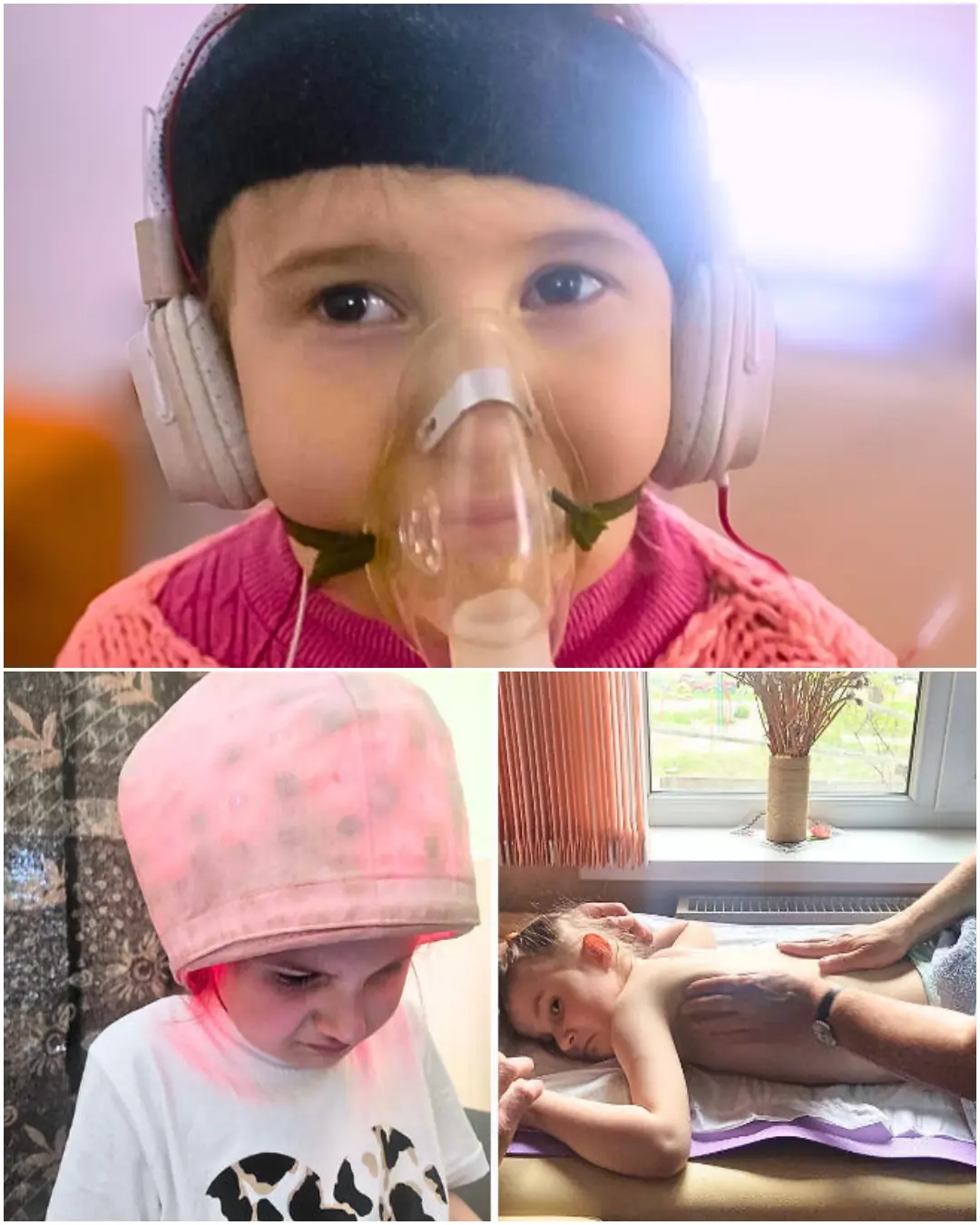
Fighting for Melania: A Childhood Stolen by Pain

Banana flower – from pig food to Asia's number 1 delicacy: Revealing 2 simple ways to make it

Bathroom tiles are often moldy, dirty, and yellowed: Here are 5 cheap tips to help keep your bathroom tiles clean and shiny.
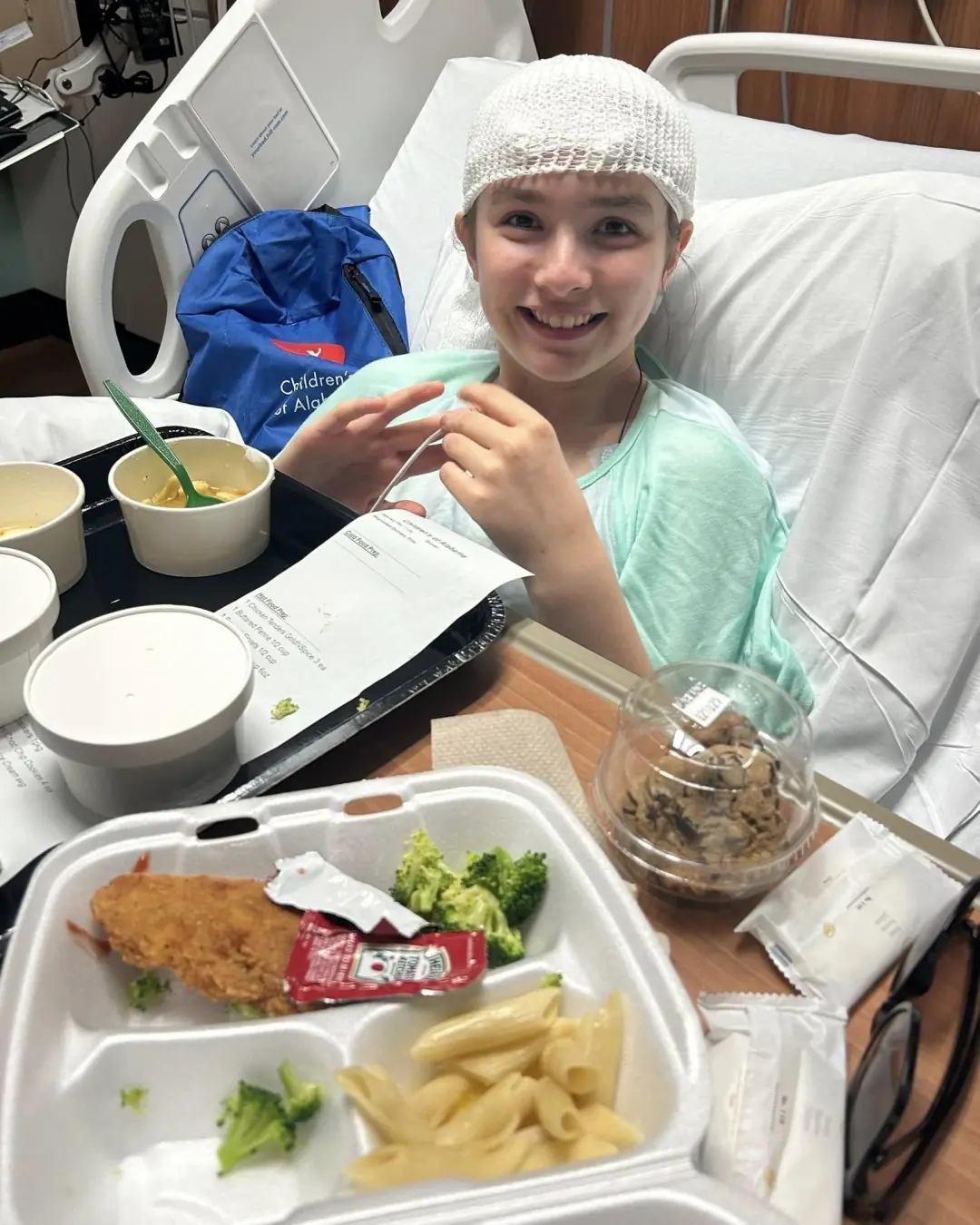
A Mother’s Prayer: Liza Scott’s Ongoing Fight for Answers

How Your Sleep Position Reveals If You’re Lazy
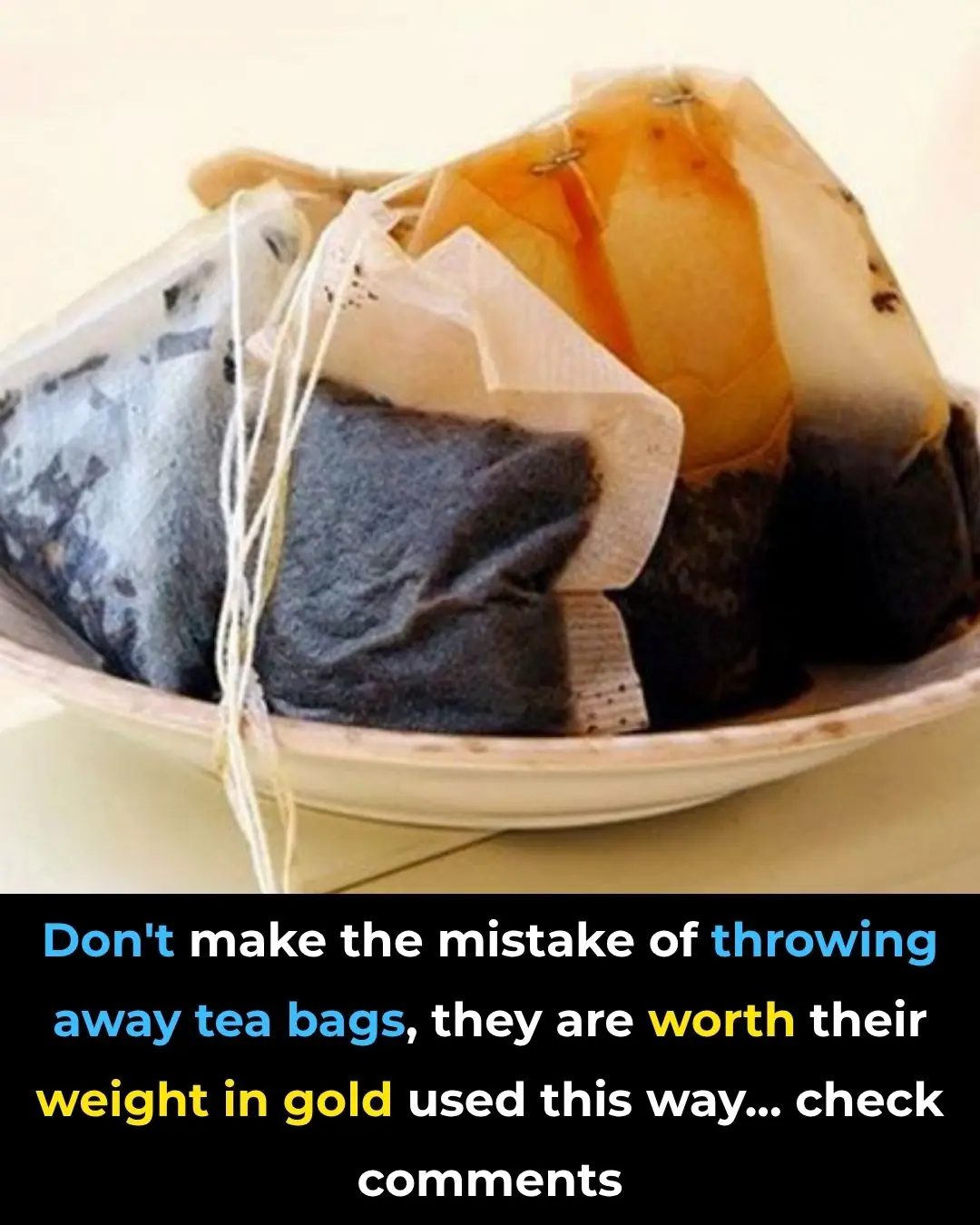
7 Clever DIY Uses for Used Teabags That Will Make You Think Twice Before Tossing Them

When an Elephant Found a Friend: The Story of Nelly and Rocky.

The Day Compassion Was Served Through a Coffee Window.

From Darkness to Growth — How a Garden Saved a Grandson’s Life.

Yarroway – the herb that can save the day

Devotion: The Lions Made of Love and Cardboard

Previously Homeless Veteran and Mother of 6 Becomes A First-Generation College Graduate

Baileigh Sinaman-Daniel Makes NCAA History as First One-Armed Women’s Basketball Player to Score in a Game
